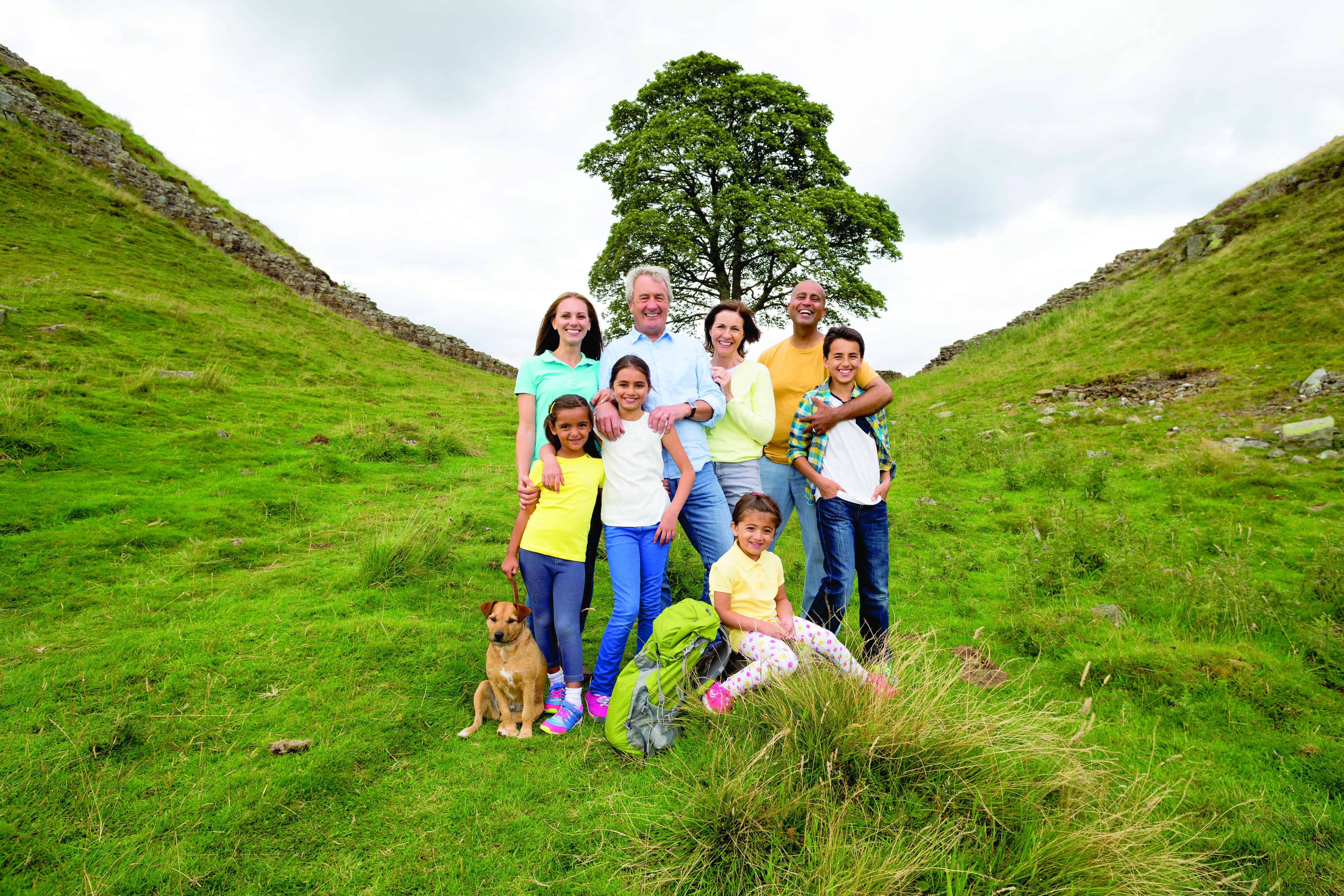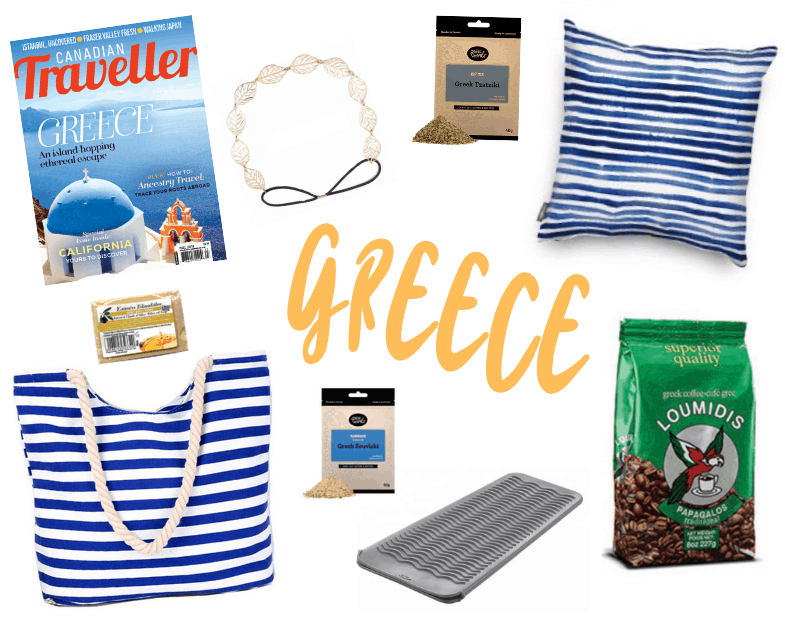
For centuries, people have had to rely on genealogists meticulously pouring through dusty old written records and exploring oral histories if they had any hope of tracing their ancestry. Even then, the results were often fragmentary at best. Tracing your family tree and ancestral history was the kind of task only the most passionate of lineage enthusiasts undertook. Taking the next step of physically following in your ancestors’ footsteps by travelling to the places they lived was even more of a niche activity.
That’s changed in recent times, and dramatically so. As the internet has greatly facilitated people’s ability to research their origins and easy-to-use kits from genealogical DNA testing companies have become increasingly popular, it’s now quite simple to find out where in the world you came from. As a result, millions are doing exactly that.
A study released by MIT Technology Review earlier this year estimated that some 26 million people have now added their DNA to the four major ancestry databases; Ancestry, 23andMe, MyHeritage and Gene by Gene, among others. With a significant portion of the population now able to confidently follow their own personal heritage trail around the globe, people are inspired to travel as a way of connecting with the places and cultures of their ancestral past.
There are a few different ways that family tree tracers can go about exploring their hereditary homelands, depending on how they want to travel and just how deep and precise they want to go.
1. Go With Your Family
Naturally, all genealogical DNA testing companies appear to recognize the inherent connection between tracing your origins and the desire to literally pursue them, promoting travel as a great reason for you to order their DNA testing kits. As such, a few of them have now started partnering with travel companies to create a variety of genealogy-themed experiences based around their DNA testing kits.
“Interest in heritage travel has exploded over the past few years as more people are taking DNA tests and learning about their family origins. Our clients are looking for travel experiences with deeper meaning, where they can walk in the steps of their ancestors and visit the places they lived,” says Jon Lambert, director of global client relations, AncestryProGenealogists. “Many of our travellers are now booking heritage tours together as extended family groups, where they can learn about their family’s history and share in the cultural experience.
2. Seek Out Experiences

For its part, 23andMe has teamed-up with Airbnb to incorporate heritage travel into their product experiences. Once you receive your ancestry reports from 23andMe, you can click through to your ancestral populations and find Airbnb homes and experiences in the destination. Additionally, Airbnb now has dedicated pages that correspond with 23andMe’s genetic populations allowing you to plan an end-to-end heritage trip.
And it’s not just the DNA kit companies. As genealogy-focused travel gains
steam, travel companies are catching on. Traditional tour operators are increasingly making personal heritage experiences a trip category, while several companies specializing in ancestry travel have also entered the scene.
3. Do It Yourself
Then there’s the do-it-yourselfers – the people who receive their ancestral information from a DNA testing company, discover their genealogical roots and then pursue their past through traditional travel experiences, with destination determined by their personal familial connection, but the rest of the experience playing out in a more traditional travel style.
4. Try an Organized Departure

Last November, Cunard first collaborated with Ancestry for a genealogy-themed sailing of the Queen Mary 2 from Southampton to New York. The two companies will repeat the transatlantic crossing again in 2020, this time celebrating the 400th anniversary of the Mayflower voyage. Events on board will commemorate the historic sailing combined with Ancestry experts hosting talks themed around the voyage, telling the stories of the passengers on board and the descendants of Sir Samuel Cunard, and offering passengers the opportunity to trace their family tree through the centuries.
Ancestry has also started delivering trips in partnership with EF Go Ahead Tours in Europe. For these trips, you first build your family tree and discuss your DNA results with an expert for a pre-trip family history review. The trips – to Ireland, Italy, Scotland and Germany – are then led by a local tour director, as well as an Ancestry genealogist, providing you with family history context and personal perspective along the way.
“It’s so interesting to see this trend grow. In travel, everyone is talking about the experience economy and creating memories. Heritage travel like this fits into that trend so well that I think we’re going to just continue to see it grow,” says Tess Darci, director of strategic brand partnerships, EF Go Ahead Tours. “We are seeing a lot of families, multi-generational style trips. We often see grandparents giving the tours as gifts to their entire family, which I think is pretty special.”

Travel the world with Canadian Traveller
Experience The World Subscription Box
Do you want to travel to a new country every three months? You can!
Each season, Canadian Traveller ships a destination-themed box curated with 5+ items that evoke the sights, flavours and decor of a country.
Take a peek at our fall 2019 ETW box which brought our readers to Greece.



 Subscribe today
Subscribe today